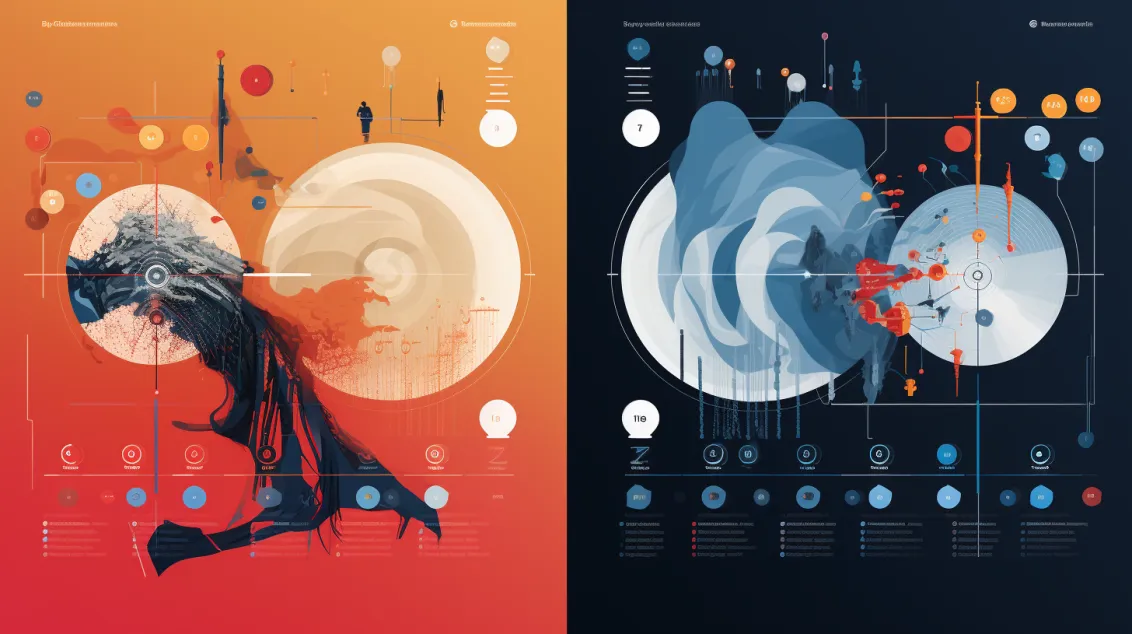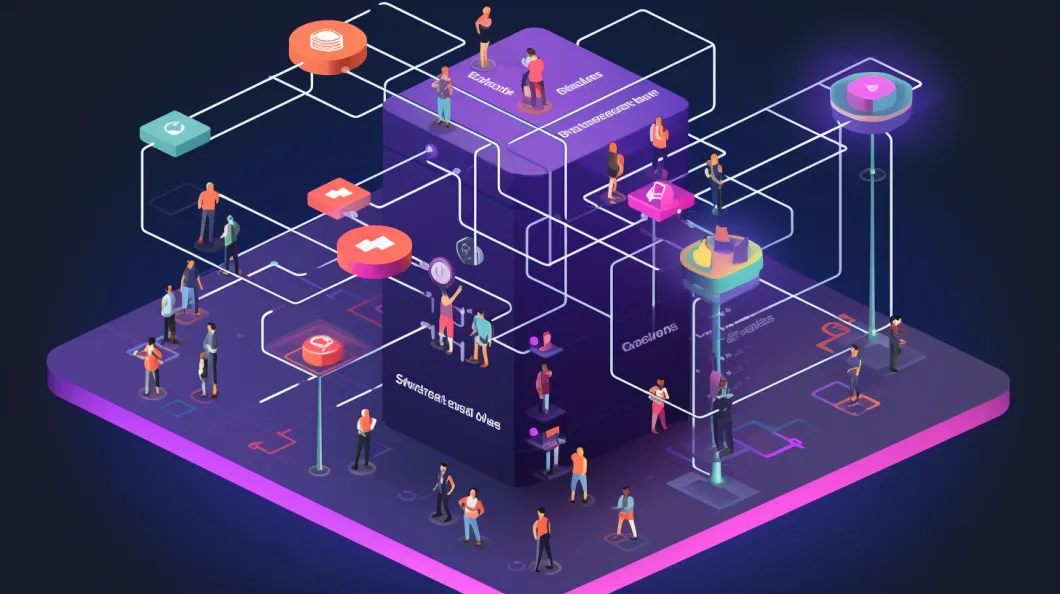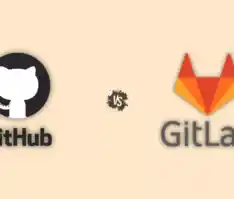Unlocking the 5 Potential Generative AI Models: A Comprehensive Guide 2024
Table of Contents
Generative AI refers to a branch of artificial intelligence focused on creating or generating content autonomously, often in the form of text, images, music, or other media. Unlike traditional AI systems that rely on predefined rules or patterns, generative AI leverages neural networks and advanced algorithms to understand patterns within datasets and produce new, original content.
Using techniques like deep learning and neural networks, generative AI models can learn from large datasets to generate realistic and coherent outputs. These AI systems can create artwork, write articles, compose music, or even generate human-like conversations, demonstrating a capability to mimic and sometimes surpass the creativity seen in human-generated content.
Generative AI has applications in various fields, including content creation, art, entertainment, and problem-solving, revolutionizing how we generate and interact with creative works in the digital age.
Importance and applications of generative AI models
2023 was a pivotal year in the technological realm, as generative AI took center stage. Now, as we step into 2024, the world of 5 potential generative AI Models is poised for rapid growth and transformation. Brace yourself for an exciting wave of trends that will revolutionize technology and its countless applications.
The technological landscape is set to undergo a significant transformation with the emergence of various trends. From the development of advanced multimodal AI models to the increasing popularity of small language models, these trends are not only going to shape the future but also revolutionize the way we interact, foster creativity, and comprehend the immense potential of AI.
Let’s embark on an exciting journey into the future as we eagerly anticipate the year ahead. Join us as we delve into the most captivating generative AI trends that are set to shape our world.
The 5 Potential Generative AI Models
1. The Rise of Multimodal AI Models
OpenAI’s GPT4, Meta’s Llama 2, and Mistral have all showcased the incredible progress made in the realm of large language models. These cutting-edge technologies have taken things a step further by introducing multimodal AI models, enabling users to seamlessly blend and customize content using text, audio, image, and video inputs to create fresh and engaging material.
By harnessing the power of advanced algorithms and merging various data sources like images, text, and speech, this approach empowers these models to make accurate predictions and generate remarkable outcomes.

By 2024, there will be a remarkable advancement in multimodal AI, leading to a transformation in the capabilities of Now, as we step into 2024, the world of 5 potential generative AI Models is poised for rapid growth and transformation. These cutting-edge models are surpassing the limitations of single-mode functions and embracing a wide range of data types including images, language, and audio.
As multimodal models take center stage, AI will become even more intuitive and dynamic, revolutionizing the way we interact with technology.
GPT4-V has gained immense popularity among ChatGPT Plus subscribers due to its impressive multimodal capabilities. Looking ahead to 2024, we can anticipate the emergence of open models like the Large Language and Vision Assistant (LLava), which is set to revolutionize the way we interact with AI.
2. Small Language Models: Capable and Potent
2023 marked the rise of large language models, but get ready for 2024 as it unveils the potential of small language models. These remarkable LLMs are trained on colossal datasets like Common Crawl and The Pile, which consist of terabytes of information extracted from countless publicly available websites.
While this vast amount of data helps LLMs learn to produce meaningful content and anticipate the next word, it’s important to acknowledge that its noisy nature originates from its foundation in general internet content.
On the flip side, small language models are trained on narrower datasets, but they still draw from reliable sources like textbooks, journals, and authoritative content. These models have fewer parameters and require less storage and memory, making them compatible with less powerful and more affordable hardware.
Surprisingly, SLMs generate content that rivals the quality of their larger counterparts, even though they are only a fraction of their size.

Microsoft’s PHI-2 and Mistral 7B hold immense potential as cutting-edge SLMs that will drive the future of 5 potential generative AI models application. These powerful systems offer enterprises the ability to customize and optimize SLMs to suit their unique needs and domain-specific functions.
By doing so, businesses can ensure compliance with legal and regulatory standards, ultimately expediting the widespread adoption of these advanced language models.
3. Emergence of Autonomous Agents
Autonomous agents are a groundbreaking approach to building 5 potential generative AI Models. These agents are software programs that operate independently to achieve a particular goal. In the realm of 5 potential generative AI Models, the remarkable capability of autonomous agents to create content without any human involvement overcomes the limitations of traditional prompt engineering.
Advanced algorithms and machine learning techniques play a crucial role in the creation of autonomous agents. These intelligent agents utilize data to acquire knowledge, adjust to unfamiliar scenarios, and autonomously make informed choices, minimizing the need for human involvement.
OpenAI, for instance, has pioneered the development of custom GPTs, empowering autonomous agents to operate efficiently and showcasing remarkable advancements in the realm of artificial intelligence.
Multimodal AI plays a crucial role in the advancement of autonomous agents by integrating a range of AI techniques like natural language processing, computer vision, and machine learning. By simultaneously analyzing diverse data types and considering the present context, it empowers these agents to make predictions, take actions, and interact more suitably.

In the realm of building agents powered by LLMs, LangChain, and LlamaIndex stand out as popular frameworks. However, as we look ahead to 2024, exciting new frameworks will emerge, harnessing the power of multimodal AI. These cutting-edge tools will revolutionize the way agents are built and pave the way for even more advanced capabilities.
Autonomous agents possess the remarkable ability to engage in intelligent and responsive interactions, thereby greatly enhancing the customer experience. These agents, with their deep contextual understanding, prove to be invaluable assets in various sectors such as travel, hospitality, retail, and education.
By minimizing the need for human involvement, they effectively cut down on overall expenses, making them a highly advantageous solution.
4. Open-Source Models Will Reach Parity with Proprietary Models
By 2024, there will be remarkable advancements in open, 5 potential generative AI Models, leading some experts to believe that they will rival proprietary models. However, the comparison between open and proprietary models is intricate and relies on several factors such as the intended applications, available resources for development, and the data utilized for training these models.
In 2023, Meta’s Llama 2 70B, Falcon 180B, and Mistral AI’s Mixtral-8x7B took the world by storm, gaining immense popularity. These cutting-edge models showcased performance that could rival even the likes of GPT 3.5, Claude 2, and Jurassic-2.
In the coming years, the divide between open models and proprietary models will gradually diminish, offering businesses an excellent choice for hosting generative AI models in hybrid or on-premises settings.

By 2024, Meta, Mistral, and potentially other newcomers will unveil their latest models, offering compelling alternatives to the existing proprietary APIs. Get ready to explore a whole new world of possibilities!
5. Cloud-Native Integration Vital for On-Premises GenAI
Kubernetes has quickly become the go-to choice for hosting 5 potential generative AI Models. Leading companies like Hugging Face, OpenAI, and Google are anticipated to utilize the cloud-native infrastructure supported by Kubernetes to provide 5 potential generative AI Models.
By 2024, the landscape of AI tools and platforms will undergo a significant transformation. Cutting-edge technologies like Text Generation Inference from Hugging Face, Ray Serve from AnyScale, and vLLM are already empowering users to run model inference in containers. However, the real game-changer will be the maturity of frameworks, tools, and platforms running on Kubernetes.
This powerful infrastructure will enable users to seamlessly manage the entire lifecycle of foundation models. From pre-training and fine-tuning to deployment and efficient scaling, the possibilities for 5 potential generative AI Models will be endless. Get ready for a revolution in AI!

Cloud-native ecosystem leaders are set to offer blueprint designs, top-notch methodologies, and enhancements for executing 5 potential generative AI Models on cloud-native infrastructure. The integration of LLMOps will be expanded to facilitate seamless cloud-native workflows.
By 2024, the advancements in 5 potential generative AI Models will show no signs of slowing down. This cutting-edge technology will unveil a plethora of innovative and unexpected features, bringing immense advantages to both individuals and businesses alike.
Advantages and Limitations of Generative AI Models
Generative AI models have emerged as a transformative force in various fields, revolutionizing content creation, art, entertainment, and problem-solving. These models, leveraging neural networks and advanced algorithms, excel in producing diverse, original content autonomously.
Techniques like deep learning enable them to learn from extensive datasets, allowing for the generation of realistic and coherent outputs across mediums like text, images, music, and more. This capability to mimic and, at times, surpass human creativity is a testament to the potential of generative AI.
One of the prime advantages of Generative AI Models lies in their ability to create diverse and high-quality content across multiple domains. These models facilitate creativity and innovation by producing content that can be used in various industries, enhancing productivity and efficiency.
For instance, they enable rapid content generation for marketing, and design, or even assist in brainstorming sessions by offering fresh perspectives. Moreover, Generative AI Models serve as invaluable tools in research and education, aiding in data analysis, simulation, and generating hypotheses.
However, Generative AI Models also come with limitations. While they produce impressive outputs, there’s an inherent challenge in ensuring the accuracy and reliability of the generated content. Bias, ethical concerns, and the potential for misinformation are critical issues that demand careful consideration. Additionally, ensuring that the generated content aligns with desired objectives or meets specific criteria remains a challenge.
Fine-tuning these models to achieve particular outcomes can be time-consuming and resource-intensive. Furthermore, the computational resources required for training and running these models at scale present barriers to entry for smaller entities or under-resourced communities.
In summary, while 5 Potential Generative AI Models offer unprecedented potential in revolutionizing content creation and problem-solving across industries, their limitations in accuracy, bias, and resource-intensive nature warrant continued research, ethical considerations, and refinement to fully harness their capabilities for diverse applications in a responsible manner.
Featured Insights
 The Impact of Machine Learning in the Manufacturing Industry: 2024 Guide
The Impact of Machine Learning in the Manufacturing Industry: 2024 Guide GitHub and GitLab: Which One is Right for You?
GitHub and GitLab: Which One is Right for You? The Power of the Edge: How Edge Computing is Transforming Industries
The Power of the Edge: How Edge Computing is Transforming Industries Revolutionizing Brand Building for SMBs: Unlocking the Power of AI
Revolutionizing Brand Building for SMBs: Unlocking the Power of AI Scarlett Johansson vs ChatGPT Voice, Debate Over Her Voice in It
Scarlett Johansson vs ChatGPT Voice, Debate Over Her Voice in It Copilot PC: Microsoft’s Generative AI Revolution for Windows
Copilot PC: Microsoft’s Generative AI Revolution for Windows